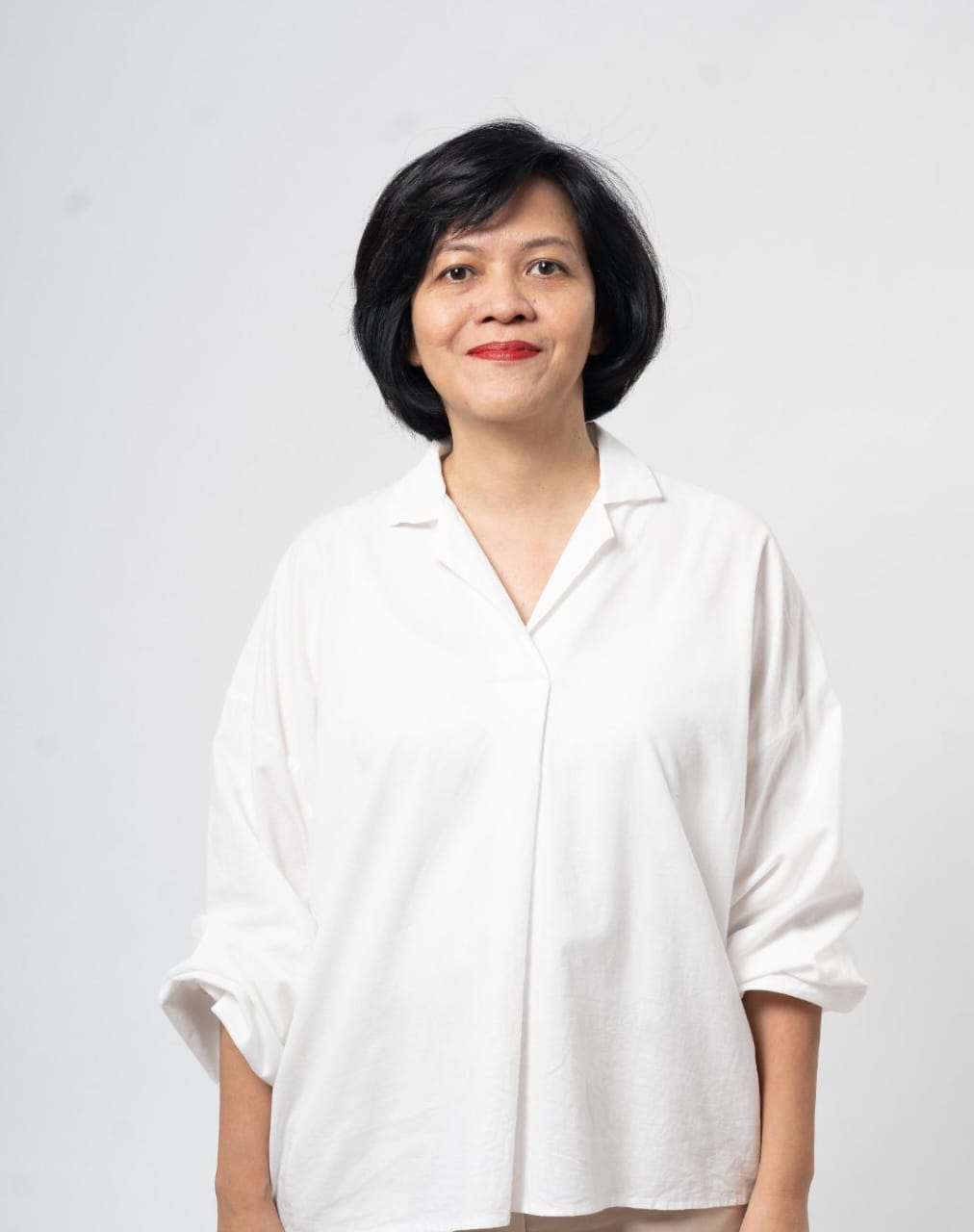Jakarta, August 30th 2023. Universitas Indonesia (UI) inaugurated Prof. Dr. Ir. Donanta Dhaneswara, M.Si., as Professor of Ceramic Functional Material Science from the Faculty of Engineering (FT). The inauguration of the professorship was led by the Rector of UI, Prof. Ari Kuncoro, S.E., M.A., Ph.D., at the UI Convention Center, Depok Campus, and broadcasted live via the UI Youtube channel and UI TV, on Wednesday (30/8).The UI Rector said that Prof. Donanta is the 41st professor who was inaugurated this year and the total number of UI Professors currently reaches 389 people.
In a scientific speech entitled “The Potential of Agricultural Biomass Waste as an Advanced Functional Ceramic Material”, Prof. Donanta shared his research and exploration journey regarding the potential of agricultural biomass waste to be utilized in various advanced functional ceramic material applications. In research that has been carried out since 2017, he saw the potential of agricultural biomass waste as an alternative source of silica to create mesoporous silica material which is much more economical and leads to increasing the added value of agricultural biomass waste.
“The level of utilization of agricultural waste in Indonesia is still low, hence why appropriate and efficient strategies are needed to increase its usability. One of the great potentials of agricultural waste is its high silica content, which can be used as an alternative candidate for raw materials for making ceramic materials. By utilizing agricultural waste as an alternative raw material, it has various advantages, such as increasing added value, reducing raw material costs, and supporting a circular economy,” said the lecturer at the Department of Metallurgical and Materials Engineering, FTUI, who also served as Director of General Affairs and Facilities for the 2006 – 2012 period.
According to him, various efforts have been made in utilizing silica in agricultural waste, one of which is mesoporous material. Agricultural waste-based mesoporous silica material can be an alternative solution for creating economical materials with competitive performance, which can be applied in various applications such as drug delivery systems, adsorbents, and photocatalysis.
Of these various applications, one of the things that becomes his concern is how to use agricultural waste to overcome other waste problems. “This is the rationale for conducting research related to the application of mesoporous silica based on agricultural waste as an adsorbent for dyes in textile industry waste. The textile industry has contributed around 20% of global water pollution, mostly from azo dyes which are carcinogenic and mutagenic. This certainly must be considered since the presence of azo dyes in textile waste can threaten the ecosystem and the environment,” he said again.
Fabrication and optimization of agricultural waste-based mesoporous silica material that has been carried out by Prof. Donanta and his research team produced satisfactory results with good adsorption performance and can compete with conventional mesoporous silica materials based on tetraethyl orthosilicate (TEOS). This is evidenced by the removal rate of the azo methylene blue dye reaching 77% within 3 hours of adsorption. The application of mesoporous silica based on agricultural waste as a dye adsorbent is proven to increase the efficiency of textile waste purification and has prospects as a good candidate material for handling waste problems and water quality standards.
Apart from his research, some of Prof. Donanta, including Adsorption Capacity of Mesoporous SBA-15 Particles Synthesized from Corncobs and Rice Husk at Different CTAB/P123 Ratios and Their Application for Dyes Adsorbent. Evergreen – Joint Journal of Novel Carbon Resource Sciences & Green Asia Strategy, 10(2) (2023); Spherical SBA-16 particles synthesized from rice husk ash and corn cob ash for efficient organic dye adsorbents. Journal of Cleaner Production (2022); and Synthesis of amorphous silica from rice husk ash: comparing HCl and CH3COOH acidification methods and various alkaline concentrations. Journal of Technology (2020).
Professor inauguration procession Prof. Donanta was also attended by Professor of the Sepuluh Nopember Institute of Technology (ITS), Prof. Dr. rer. nat. Triwikantoro, M.Sc.; Professor of the Indonesian Institute of Technology (ITI), Prof. Ir. Krishna Mochtar, ST, MSCE, PhD, IPU.; Representative of the Metallurgical Research Center, National Research and Innovation Agency, Prof. Dr. Florentinus Firdiyono; President Director of PT Rhason Global Corpora, Ir. Irvan K Hakim, MBA; Main Director of PT. Integra Mining Nusantara, Ir. Shelby Ikhsan Saleh; and President Commissioner of PT. Indonesia Advisory, Ir. Chandra Tirtawijaya.
Prof. Donanta completed his bachelor, master, and doctoral degrees at UI. He completed his Bachelor’s degree in Metallurgical Engineering, FT UI (1989), then in 1995 he completed his Master’s degree in Materials Science at the Faculty of Mathematics and Natural Sciences (FMIPA) UI. In 2006, he received a doctoral degree in Masters in Materials Science at FMIPA UI. Currently, he also serves as Head of the Process Metallurgy Laboratory, Department of Metallurgical and Materials Engineering, FTUI and the UI Integrated Personality Development (MPKT) Course Formulation Team.



